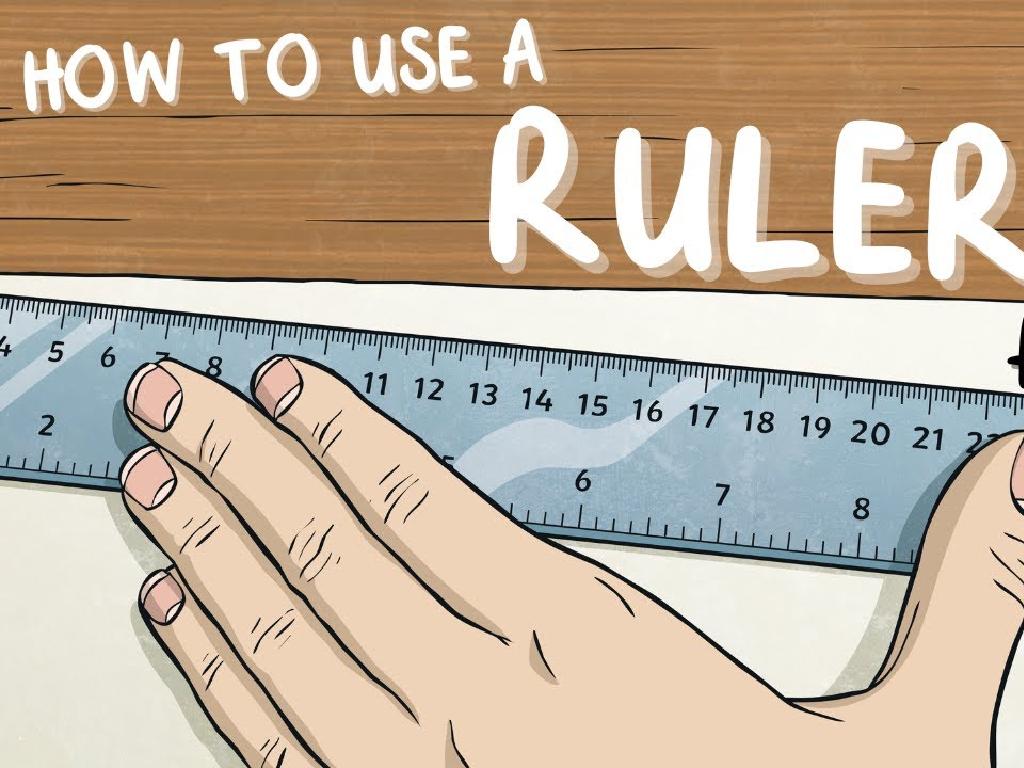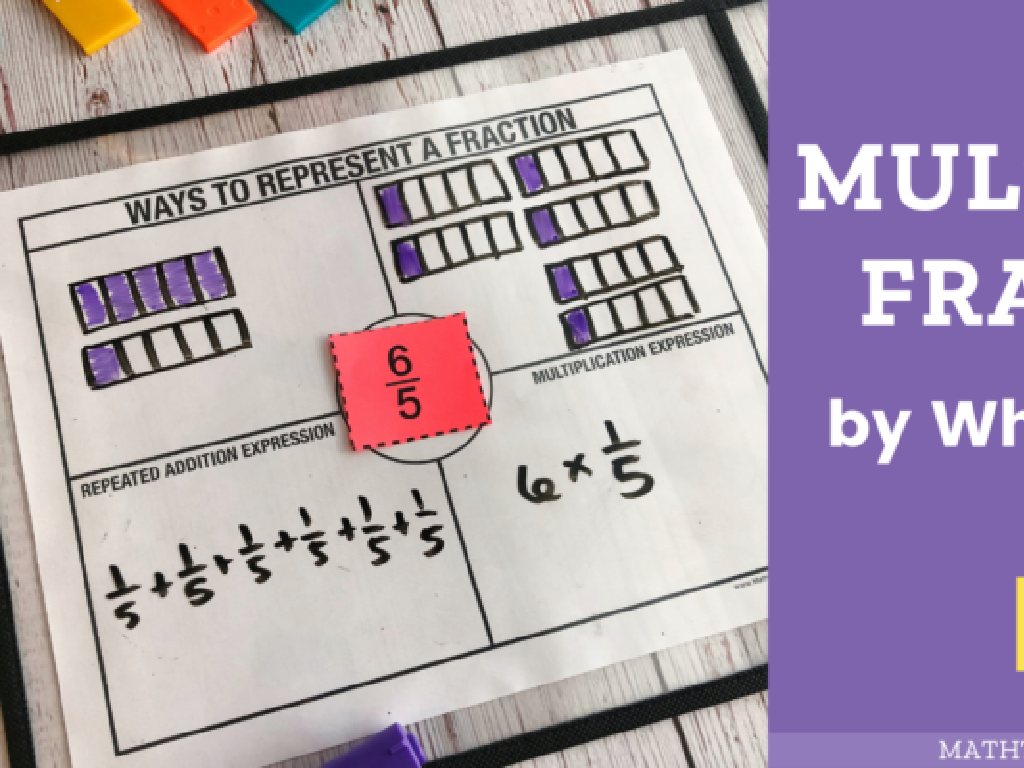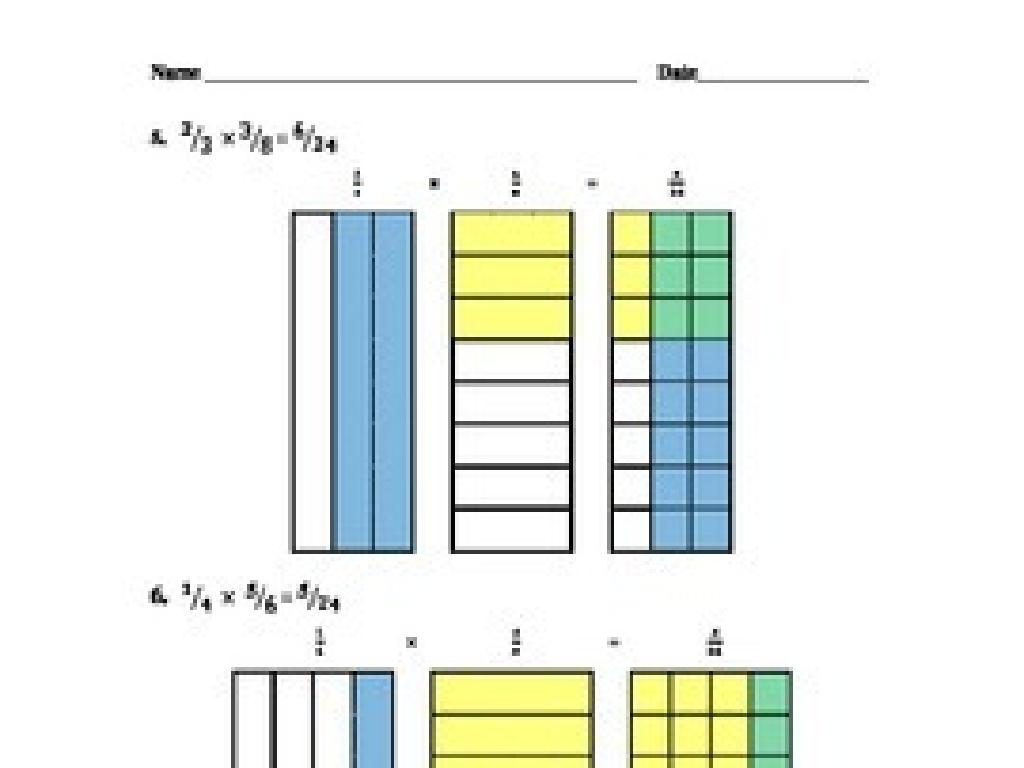Sale Prices
Subject: Math
Grade: Sixth grade
Topic: Consumer Math
Please LOG IN to download the presentation. Access is available to registered users only.
View More Content
Understanding Sale Prices
– What is Consumer Math?
– The role of math in shopping
– Math helps us make smart shopping decisions
– Defining sale prices
– Sale price is the reduced cost of an item
– Calculating discounts
– Learn to calculate the sale price after a discount
|
Consumer Math is a practical area of mathematics that involves the study of the mathematical techniques related to buying and selling. It’s essential for making informed financial decisions. Today, we’ll focus on understanding sale prices, which are the prices consumers pay for items after a discount has been applied. We’ll explore how to calculate the percentage of discounts and apply this to determine the final sale price of items. This knowledge is crucial for students to become savvy shoppers and understand the value of money. Encourage students to think of examples where they have encountered sale prices in real life, such as during holiday sales or clearance events.
Understanding Sales in Consumer Math
– What does ‘Sale’ mean?
– A sale is when items are sold at reduced prices.
– Reasons stores offer sales
– To clear inventory, attract customers, or meet targets.
– Identifying a great sale deal
– Compare original and sale price, check quality.
– Calculating savings on sale items
– Use percentages to figure out how much you save.
|
This slide introduces students to the concept of sales, a common phenomenon in consumer math. Begin by defining a sale as a period when items are offered at reduced prices, often to clear out inventory or attract more customers. Discuss the various reasons why stores might have sales, such as seasonal clearances, promotional events, or to reach sales targets. Teach students how to identify a good sale by comparing the sale price to the original price and assessing the quality of the item. Finally, demonstrate how to calculate the savings on sale items by using percentage calculations, which will be a practical skill for their future shopping experiences. Encourage students to think critically about sales and to practice calculating discounts as part of their homework.
Calculating Sale Prices
– Understand original vs. sale price
– Calculate the discount amount
– Subtract the discount from the original price to find how much you save.
– Determine the final discounted price
– Original price minus discount equals final price.
– Practice with real-life examples
– Use examples like clothing or games that are on sale.
|
This slide is aimed at helping students understand the concept of sale prices in consumer math. Begin by explaining the difference between the original price of an item and its sale price. Teach students how to calculate the discount amount by using the percentage of the discount and applying it to the original price. Then, show them how to find the final price after the discount by subtracting the discount amount from the original price. Use relatable examples such as discounted prices on clothes or video games to illustrate these concepts. Encourage students to practice by finding sale prices of items they’re interested in, reinforcing their understanding of percentages and subtraction in a practical context.
Understanding Percentage Discounts
– What is a percentage?
– Calculating percentage discounts
– To find a discount, multiply the original price by the discount rate.
– Examples: 10%, 20%, 50% off
– If a $50 item is 10% off, it’s $5 cheaper. What about 20% or 50% off?
– Practice with real prices
– Let’s apply discounts to items in a store flyer.
|
This slide introduces the concept of percentage discounts, a crucial part of consumer math. Begin by explaining what a percentage is a part per hundred. Then, demonstrate how to calculate a percentage discount by multiplying the original price by the percentage (in decimal form). Provide clear examples with common discounts like 10%, 20%, and 50% off, using easy numbers to start. For instance, if something costs $10, a 10% discount would reduce the price by $1. Encourage students to practice with real-life examples, such as calculating discounts on items they might buy, using a store flyer or catalog for reference. This will help them understand the practical application of percentages in everyday shopping.
Calculating Sale Prices
– Practice with a $50 shirt at 20% off
– Calculate 20% of $50 to find savings
– 20% of $50 is $10, so the sale price is $50 – $10 = $40
– Practice with a $70 game at 15% off
– Calculate 15% of $70 to find savings
– 15% of $70 is $10.50, so the sale price is $70 – $10.50 = $59.50
|
This slide is designed to provide students with practical examples of how to calculate sale prices, which is a valuable skill in consumer math. Begin by explaining that a sale price is the original price minus the discount. Show them how to convert percentages into decimals and multiply by the original price to find the discount amount. For the $50 shirt at 20% off, guide them through multiplying 0.20 by $50 to find a $10 discount. Then subtract from the original price to find the sale price. Repeat the process for the $70 game at 15% off. Encourage students to solve these problems on their own, and then discuss the answers as a class.
The Importance of Calculating Sale Prices
– Understanding sale price significance
– Knowing how to calculate sale prices helps in recognizing good deals.
– Making informed shopping choices
– Compare prices to choose the best option for your needs and save money.
– Budgeting effectively
– Plan how much to spend and avoid overspending on items just because they’re on sale.
– Enhancing financial literacy
– Learning about sales is part of managing money wisely for the future.
|
This slide aims to teach students the real-life application of calculating sale prices, which is a crucial skill in consumer math. Understanding how to figure out sale prices can help students make better shopping decisions, allowing them to recognize when a deal is truly worth it. It also plays a significant role in budgeting, as it enables them to plan their spending and avoid impulse purchases. Emphasize the importance of financial literacy and how it can positively impact their future. Provide examples such as calculating the final price of a discounted item or determining how much they can save on a purchase with a certain budget.
Class Activity: Sale Price Hunt
– Form groups for sale hunt
– Find best sales in weekly ads
– Calculate sale prices of items
– Use the formula: Sale Price = Original Price – (Original Price * Discount %)
– Present the best deal to class
|
This interactive group activity is designed to apply concepts of sale prices and discounts in a practical scenario. Divide the class into small groups and provide them with a collection of weekly ads from local stores. Each group’s task is to identify the most attractive sale and calculate the sale price of various items using the discount percentage. Encourage students to use the formula for calculating sale prices. After calculations, each group will present their best deal to the class, explaining how they determined it was the best. For the teacher: prepare a diverse set of weekly ads in advance, ensure students understand the formula for calculating sale prices, and guide them in their presentations. Possible variations of the activity could include comparing deals from different stores, calculating savings rather than sale prices, or determining the percentage discount given the original and sale prices.
Wrapping Up: Sale Prices & Homework
– Recap on calculating sale prices
– Consumer Math in daily life
– Understanding sales helps manage money effectively
– Homework: Calculate a sale price
– Choose an item, apply a discount, and find the final price
– Explain why it’s a good deal
– Justify your purchase with the sale price benefit
|
As we conclude today’s lesson on sale prices, remind students of the steps to calculate the discounted price of an item. Emphasize the real-world application of consumer math, such as budgeting and making informed purchasing decisions. For homework, students should find an item they’re interested in, calculate the sale price by applying a discount, and write a short explanation of why the discounted item is a good deal. This exercise will help them practice their calculation skills and understand the value of money. Encourage creativity and critical thinking by asking them to consider factors like need, quality, and savings when explaining their choice.






